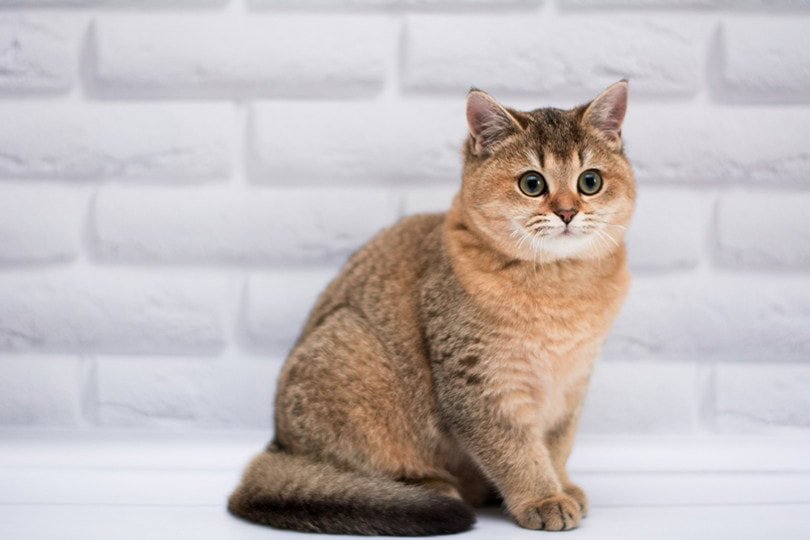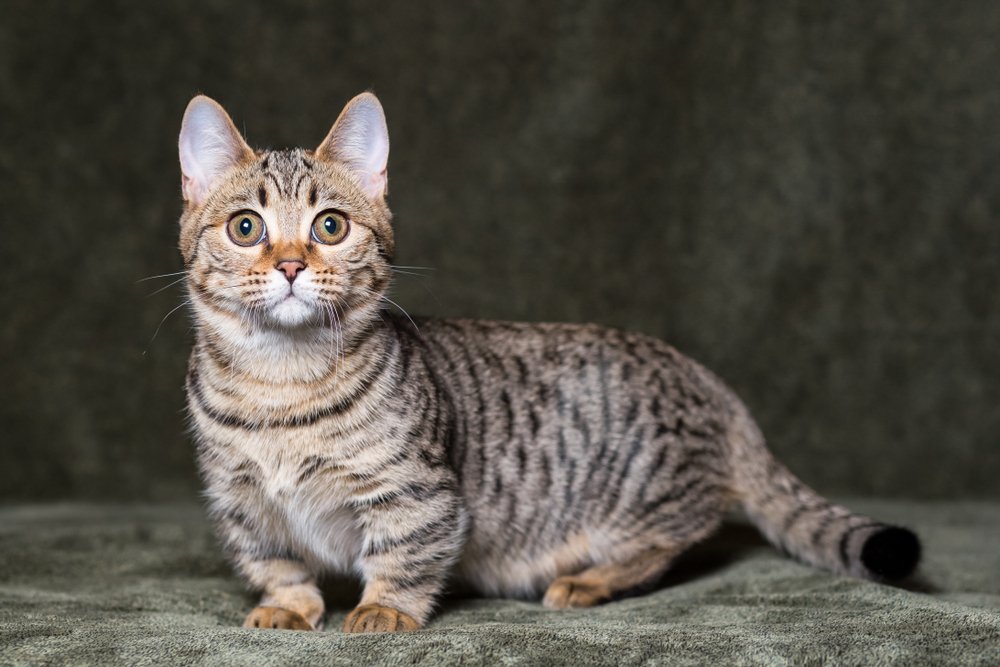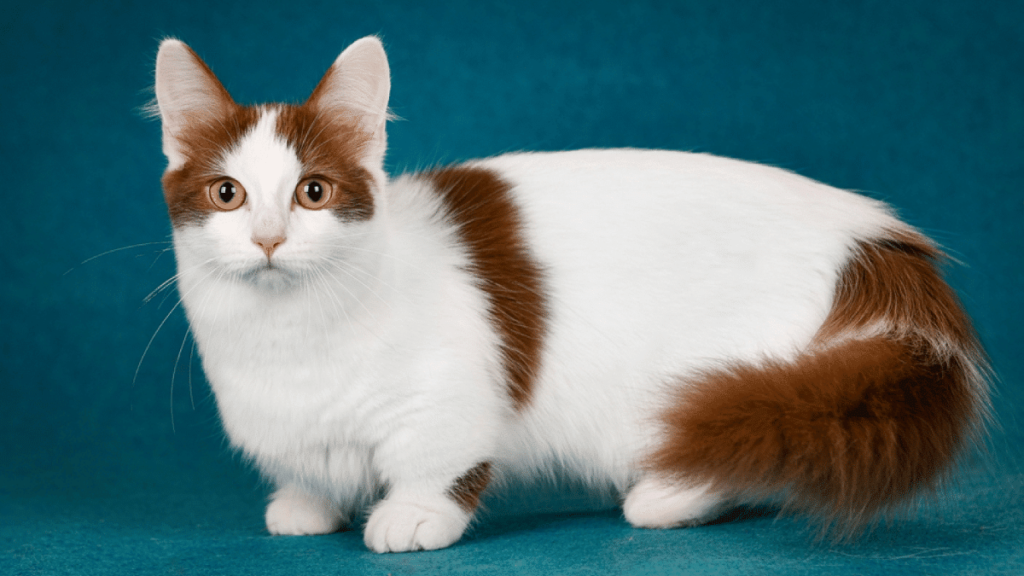Munchkin
The Munchkin cat breed is known for its distinctively short legs, a characteristic that sets it apart from traditional feline breeds. This unique trait results from a natural genetic mutation, ultimately giving rise to a breed that boasts both charm and variety in its appearance. Munchkin cats can be found in a myriad of colors and patterns, reflecting their diverse genetic background. Their small stature does not hinder their playfulness; they remain exceptionally agile and active, frequently displaying behaviors akin to those of larger breeds.

Initially recognized in the 1980s in Louisiana, the Munchkin gained considerable traction among feline enthusiasts due to its playful demeanor and endearing traits. The breed is often perceived as whimsical and affectionate, making it appealing for families and single pet owners alike. Furthermore, their compact size allows them to adapt easily to various living environments, whether apartments or larger homes, enhancing their popularity.
Despite initial skepticism regarding their health and viability, Munchkin cats have demonstrated resilience and adaptability as a breed. They are generally healthy when bred responsibly, with most common feline ailments being avoidable through proper care and attention. Moreover, Munchkins are social creatures that thrive on interaction, frequently forming strong bonds with their human companions. This inherent sociability enriches the lives of those who welcome a Munchkin into their homes, fostering an affectionate atmosphere.
In summary, the Munchkin cat is not only characterized by its unique physical attributes but also offers a delightful personality that appeals to cat lovers worldwide. Their increasing popularity is indicative of their lovable nature and versatility, making them an attractive choice for potential pet owners seeking companionship in a cat breed.

Personality
The Munchkin cat is well-known for its charming and delightful personality traits, making it a popular choice for many feline enthusiasts. One of the standout characteristics of this breed is its playful nature. Munchkin cats display an intriguing level of energy, often engaging in various activities around the home. They enjoy interactive play, such as chasing toys, feather wands, or even participating in games that involve jumping and running, despite their shorter legs. This lively attitude not only keeps them physically active but also enhances their interactions with human companions and other pets.
In addition to their playful disposition, Munchkin cats are particularly affectionate. They thrive on social connections and seek out companionship, whether it’s with members of the household or other animals. Their friendly demeanor makes them excellent family pets, as they tend to bond closely with their owners. Munchkin cats often follow their humans from room to room, displaying a strong desire to be included in family activities. This inclination towards sociability allows them to develop a deep connection with their caregivers, ensuring they feel loved and integrated into the family unit.
Moreover, Munchkins are known for their inquisitive nature. They often exhibit a sense of curiosity that drives them to explore their environment, making them entertaining and engaging companions. Their quirks can include a penchant for climbing furniture or peering from high places, all while maintaining their playful charm. Potential owners can expect a Munchkin cat to be not only friendly and engaging but also adaptable, able to thrive in various living situations, whether in a busy household or a quieter environment. Ultimately, the Munchkin cat’s combination of playfulness, affection, and curiosity ensures they remain a beloved addition to any home.
Origins
The Munchkin cat breed has a relatively recent history, tracing its origins back to the early 1980s in the United States. This adorable and distinctive breed first gained attention when Louisiana schoolteacher Sandra Hochenedel discovered a small cat with short legs roaming the streets. Fascinated by this unusual feline, she began breeding these short-legged cats, giving rise to what we now know as the Munchkin breed. The name derives from the little people in the fictional Land of Oz, reflecting the breed’s small stature.

In 1983, Hochenedel’s efforts led to the establishment of the Munchkin breed, and soon after, interested breeders began to take note of its unique characteristics. The breed’s physical traits, characterized by a genetic mutation leading to its short legs, quickly made it popular among cat enthusiasts. Despite their charming appearance, Munchkin cats encountered significant controversy during their development. Critics raised concerns about the genetic mutation that caused their short limbs, speculating potential health implications associated with breeding these animals. This prompted debates regarding the ethical considerations of breeding cats with such distinctive physical traits.
As the Munchkin cat gained popularity, various cat registries became involved. While some organizations, including the International Cat Association (TICA), accepted the Munchkin breed and began to recognize its legitimacy, others remained opposed, citing ethical concerns. As this breed continues to evolve, the discussions around their health and breeding practices persist, shaping the public perception of the Munchkin cat. Through the years, the Munchkin has garnered a loyal following, and many cat lovers appreciate their playful nature, charming personalities, and affectionate disposition, which contribute to their appeal as companion animals.
Care of the Munchkin cat
Munchkin cats, known for their distinctive short legs and playful demeanor, require a blend of specific care practices to ensure their health and happiness. Grooming is an essential aspect of their upkeep. Although their coat length may vary, weekly brushing is generally recommended to prevent matting and to reduce shedding. This grooming routine is particularly important for long-haired Munchkins, as they may be prone to tangles and knots. Regular ear checks, nail trimming, and dental care should also be integrated into their grooming schedule to maintain overall hygiene.
Diet plays a pivotal role in the health of Munchkin cats. Owners should select a high-quality, balanced diet that meets the nutritional needs of their feline companions. It is advisable to consult a veterinarian to determine the best diet based on the cat’s age, size, and energy level. Munchkins may be prone to obesity due to their smaller stature, so portion control is crucial. Regular feeding times and maintaining a stable diet will help prevent overeating.
Routine veterinary check-ups are vital for monitoring the health of Munchkin cats. Early detection of any health issues can lead to more effective treatment. Munchkins are generally healthy, but they may be at increased risk for certain genetic conditions, such as lordosis and scoliosis. Hence, regular health screenings and vaccinations should not be overlooked.
As highly energetic cats, Munchkins benefit from a stimulating environment. Engaging them with interactive toys, climbing structures, and puzzles can fulfill their energy needs while preventing boredom. Creating a safe space that allows safe exploration is essential for their mental and physical well-being. Cats of this breed thrive best in environments where they can engage in play and have opportunities for social interaction, whether with their human caretakers or other pets.
Health
Munchkin cats are generally healthy, but their short legs can lead to spinal issues like lordosis and pectus excavatum. Regular vet checkups, a balanced diet, and weight management are essential to prevent joint stress. While they don’t have breed-specific diseases, responsible breeding helps minimize genetic risks. Keep your Munchkin active and provide proper care to ensure a long, happy life.
Nutrition
Munchkin cats need a balanced diet rich in high-quality protein, essential fatty acids, and vital nutrients to support their active lifestyle and unique physique. Opt for premium wet or dry cat food with real meat as the primary ingredient. Monitor portion sizes to prevent obesity, a common concern due to their short legs. Ensure fresh water availability and consider vet-approved supplements for joint health. A proper diet keeps your Munchkin energetic, playful, and thriving.
Cleanliness
Munchkin cats are naturally clean and require minimal grooming. Their short or long coats need regular brushing to reduce shedding and prevent matting. Despite their short legs, they maintain excellent hygiene, easily reaching all areas while grooming. Regular litter box cleaning ensures a fresh environment, keeping your Munchkin cat happy and healthy.
Best cat breeds for kids
The Munchkin cat is a playful, affectionate, and friendly breed, making it one of the best cat breeds for kids. Known for its short legs and adorable appearance, the Munchkin is highly social, loves interactive play, and easily bonds with children. Their energetic yet gentle nature ensures hours of fun while being a loving companion. Perfect for families, Munchkin cats adapt well to indoor living and enjoy cuddles just as much as playtime. Looking for a kid-friendly cat? The Munchkin is a top choice!
People who have seen this breed have also visited…
In this section you can find completely detailed information about the breed of your cat.
